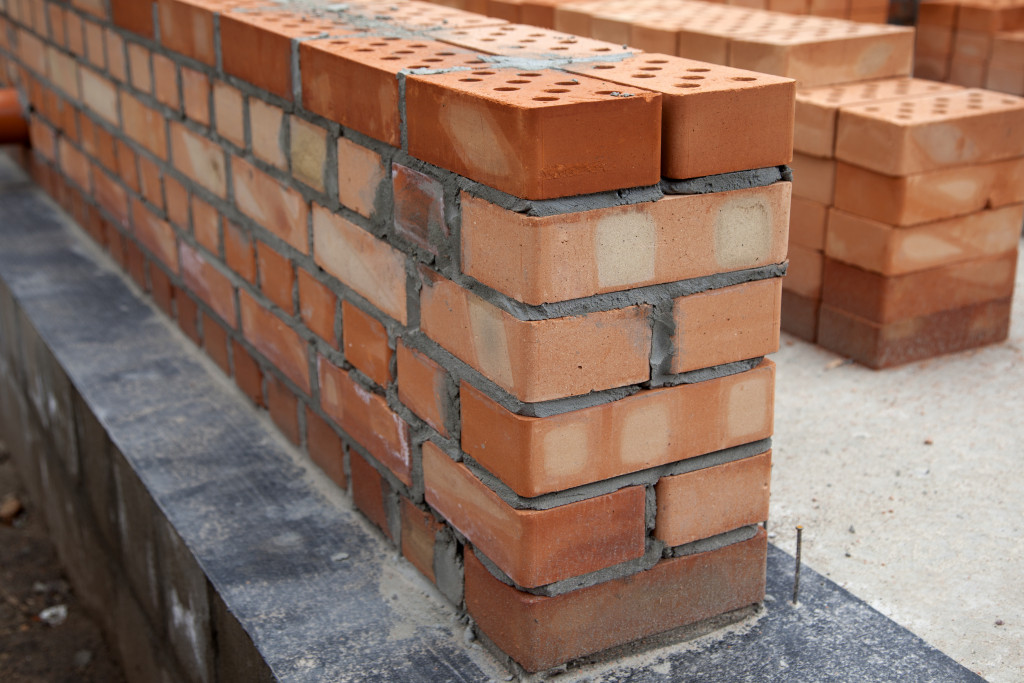Though online retail is on the rise, brick-and-mortar stores are still an important part of the shopping experience for many consumers. There are several reasons why physical stores are still relevant today. They offer a more personal shopping experience, allow customers to touch and feel the products, and provide an opportunity to connect with the brand. In addition, brick-and-mortar stores can be used to drive traffic to the online store, and vice versa.

The importance of brick-and-mortar stores:
Even today, most consumers prefer to shop in person. Brick-and-mortar stores offer a more personalized experience than online shopping. Customers can check out the product and service offerings in person before buying. This emulates an old-fashioned retail setting that is unavailable with online retailers. For example, Amazon can never provide shoppers with the opportunity to ask a salesperson for style suggestions.
The benefits of in-store shopping:
In addition, brick-and-mortar stores can offer a more targeted shopping experience than online retailers. Research has shown that when buying clothes and home goods, consumers are three times more likely to buy an item in-store rather than online; they also value the store’s expertise and product selection over the convenience of online shopping.
How to make the most of your brick-and-mortar store:
To successfully compete with online retailers, brick-and-mortar stores should aim to offer an integrated shopping experience. This entails establishing a seamless connection between the store and the online store. For example, some clothing retailers offer unique in-store experiences such as styling events or personal wardrobe consultations that can be shared on social media, while also pointing customers to the online store.
When designing your brick-and-mortar store, it’s important to keep your branding in mind. The layout, color scheme, and signage should all be consistent with your online presence. This will help to create a unified brand image and ensure that customers have a consistent experience regardless of where they shop. Take for example luxury brands like Louis Vuitton whose stores often have a very clean and modern design with brand logos, colors, and typefaces prominently displayed.
If your business caters to a sophisticated customer base, using custom stone casting for your facade or marble counters can add a touch of class to the in-store experience. This type of stone is known for its durability and surface smoothness, which makes it an attractive material for countertops in busy environments like a grocery store where customers might be touching the surfaces.
In addition, make sure that your store staff are well-trained in your brand values and can articulate them to customers. This will help to establish a deeper connection with your brand. For example, Apple store employees are highly enthusiastic about the products they sell and display an in-depth knowledge of how the technology works.
This enthusiasm is further accentuated by their stylized uniforms which add a sense of formality and professionalism that customers value. All these elements come together to create a unique, high-quality customer experience that is consistently reproduced across Apple’s brick-and-mortar stores.
Tips for driving traffic to your store:
Brick-and-mortar stores can also be used to drive traffic to the online store. For example, many retailers host seasonal sales events or offer discounted products that are only available in-store. Such merchandising strategies are aimed at encouraging shoppers to visit the physical store, so they can take advantage of these deals.
In addition, some businesses choose to capitalize on the in-store and online shopping experience by offering free in-store shipping or giving discounts when customers buy items online and pick them up in-store.
Strategies for combating online retail:
The final way that brick-and-mortar stores can compete with online retailers is by offering exclusive products that are not available through the online store. For example, high street chain Zara has achieved great success by consistently updating its product range and rolling out new designs every two weeks. This ensures that customers have an incentive to visit the physical stores where they can feel and try on the products before making a purchase. The combination of these strategies has enabled Zara to successfully compete with online retailers by increasing its brand awareness and customer traffic.
When designing your store, it’s also important for brick-and-mortar stores to have a unique selling point that differentiates them from their online competitors. For example, many grocery stores and small boutiques offer gourmet snacks and local merchandise that can’t be found anywhere else. This helps them to compete with online retailers while building loyal customer relationships at the same time.
Conclusion:
The importance of brick-and-mortar stores will never fade away. Consumers still value the personal shopping experience that they can’t get online. Stores that can integrate shopper experiences across multiple channels will have an advantage over online retailers.
Maintaining a unified brand image while incorporating modernized features can improve the in-store shopping experience and make brick-and-mortar stores more relevant.